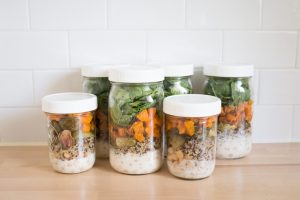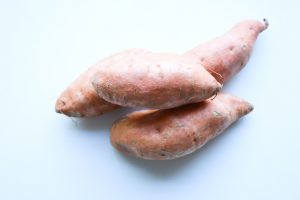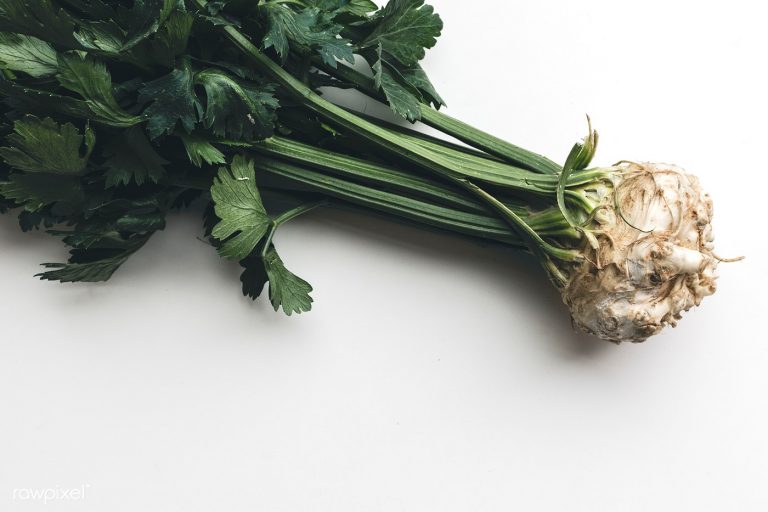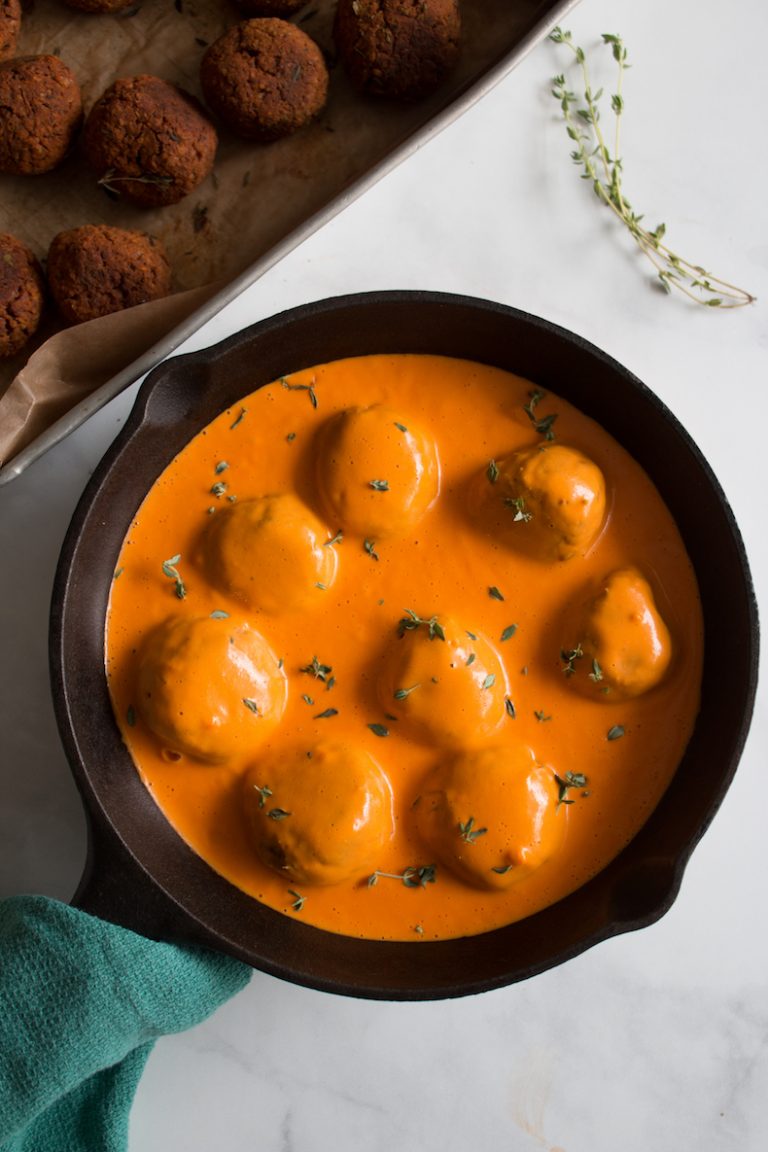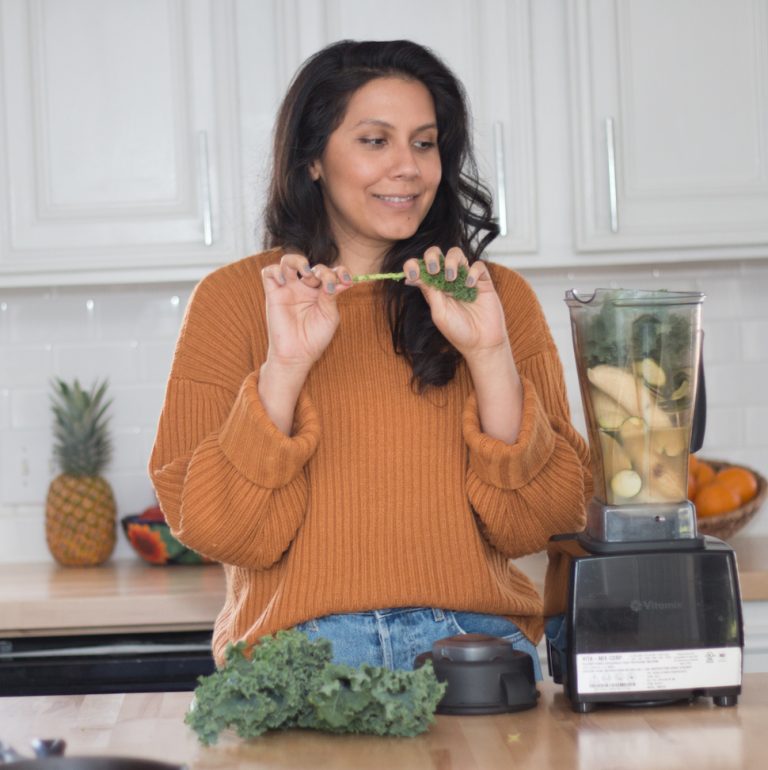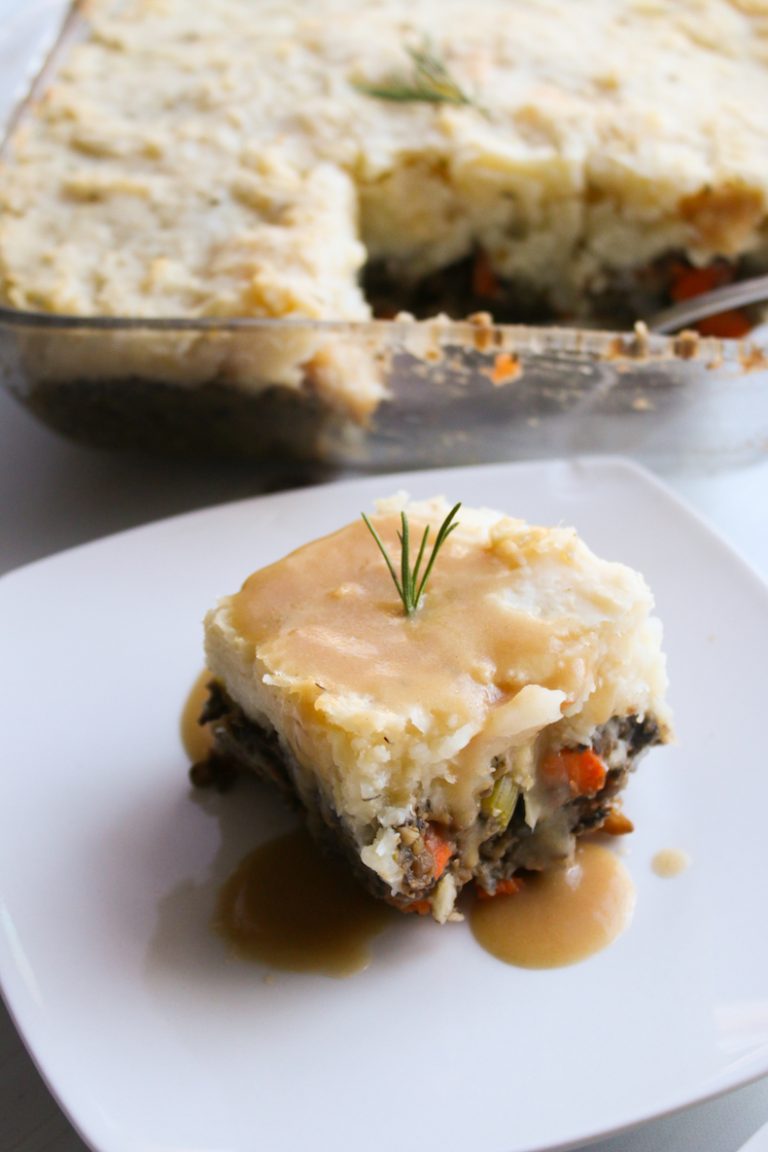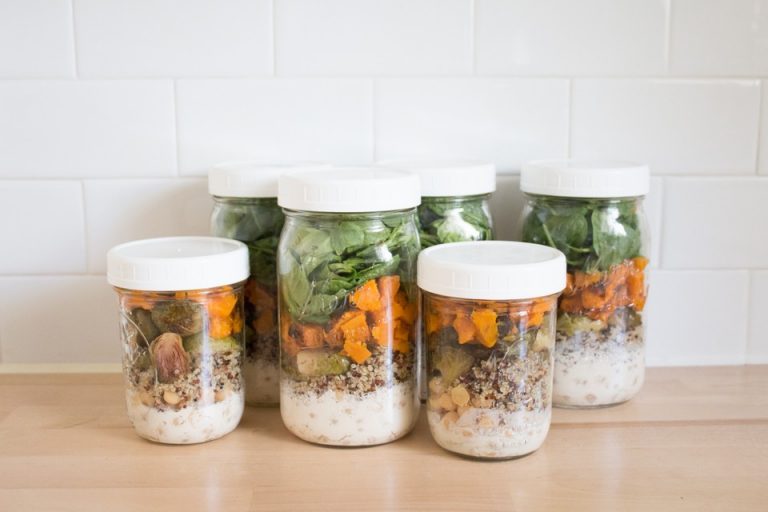It wasn’t until last year that I actually tried eliminating gluten from our diets. Yes, I know I’m a late bloomer at times but for me, if it wasn’t necessary I wasn’t going to do it. I decided to give it a shot and see what the difference was in my body. Well, you may have already guessed that the difference was considerably noticeable. That is why I decided to write this post.
A Guide to Plant-based Nutrition: Gluten-Free Baking
This post is focused on everything gluten. From what it is and how it affects the body, to products I love and how to best deal with gluten sensitivities. We all can gain from this resource as over 18 million people suffer from gluten sensitivities and believe it or not there is a right and wrong way of dealing with gluten and gluten-free products.
What is gluten?
Gluten is a major protein found in wheat, rye, or barley (bad news for beer drinkers). Gluten has also been turning up in unexpected places like vitamins, certain brands of chocolate, and even in meats. Why is gluten in so many different products? Look at the prefix of the word gluten, think of glu-ten, as a glue-like protein that gives wheat and other products their chewy structure. As it might be pleasing to the palette, it can be detrimental to your health causing digestion issues and even Celiac disease. Here’s why!
How does gluten affect the body?
When we take a look at the effects of gluten on the body, it is easy to see why people are suffering from so many health problems. Contrary to what many people believe, we are all affected by gluten in some way, some just have a higher tolerance than others. When gluten enters your intestines, an enzyme produced in your intestines breaks down the gluten into its protein building blocks, gliadin, and glutenin. As these proteins enter your digestive system, the immune system in your gut reviews them for harmful substances. If the immune system identifies the protein (gliadin or glutenin) as harmful, it produces antibodies to attack it. For people with celiac disease or gluten sensitivities, it doesn’t just attack the protein but also the enzymes that help break down the protein/gluten in the intestines. This enzyme has many different duties, including holding together the cellular membrane in your gut which is where all the essential nutrients we need are absorbed. Your body absorbs nutrients through the intestinal walls and this membrane (microvilli) has tiny hairs that cover those walls allowing for better absorption.
Think about it like this, when you spill a cup of water, it’s far easier to absorb the water with a towel versus a piece of paper. The microvilli are like the tiny hairs on the towel absorbing the nutrients for the body. When you have celiac disease your immune system attacks both the gluten and the enzyme protecting the microvilli membrane. This causes the membrane to deteriorate making it harder for the body to absorb nutrients which can eventually lead to a leaky gut.

Symptoms of celiac disease or gluten sensitivities…
- Bloating
- Constipation
- Diarrhea
- Keratosis pilaris (chicken skin)
- Fatigue (brain fog)
- Inflammation
- Weight loss/ weight gain
- Hormone imbalance
- Mood swings (anxiety, depression, ADHD)
- Headaches
- Autoimmune disease (Hashimoto’s thyroiditis, rheumatoid arthritis, ulcerative colitis, lupus, psoriasis, scleroderma, or multiple sclerosis.)
Unfortunately, many people believe if they are “symptom-free” (usually an external feeling), they are “better”, when in actuality, the body may still be working poorly internally. There are many people becoming more proactive in finding out if they are gluten intolerant, which is great. I believe it’s best to avoid gluten whenever possible, whether you are intolerant or not.
Avoiding Gluten
Many people will begin feeling better within a few days after eliminating gluten. For some people, it may take weeks, or even months for the intestinal damage to begin its healing process. The sooner you start eliminating gluten the faster your recovery will be. Most of the symptoms are reversible, but depending on the severity, some may be long-lasting, or even permanent. It is extremely important to go gluten-free as early as possible. Here are my Tips for Avoiding Gluten:
- Avoid products containing gluten. Grains such as wheat, semolina, spelt, kamut, rye, and barley. Also look out for sauces, dressing, and gravies as they may be thickened with flour. This is the same for soups.
- When dining out, choose places that specialize in the kinds of foods you can eat. Order fresh foods and avoid breaded and batter-coated foods. Be cautious of sauces and don’t be afraid to ask the chef about any questionable ingredients.
- Avoid imitation meat. Wheat and other grains containing gluten are often used as a filler in many imitation meats. The ‘crab meat’ used in many sushi rolls is imitation meat containing wheat as a stabilizer. Many vegan ‘meats’ and veggie burgers are either made from wheat or other troublesome ingredients.
- Medication, herbal formulas, and supplements. Many of these have fillers like dextrin, which can come from corn or wheat. make sure when buying supplements you double-check the ingredients list.
- Understand the Hidden Sources of Gluten. Unfortunately, the U.S. Food and Drug Administration does not require manufacturers to disclose gluten on food labels, so knowing if a product contains gluten takes some detective work unless that product is specifically labeled “gluten-free”. Below is a list of terms for gluten.
The Many Names Of Gluten
- Triticum vulgare (wheat)
- Triticale (cross between wheat and rye)
- Hordeum vulgare (barley)
- Secale cereale (rye)
- Triticum spelta (spelt, a form of wheat)
- Wheat protein/hydrolyzed wheat protein
- Wheat starch/hydrolyzed wheat starch
- Wheat flour/bread flour/bleached flour
- Bulgur (a form of wheat)
- Malt (made from barley)
- Couscous (made from wheat)
- Farina (made from wheat)
- Pasta (made from wheat unless otherwise indicated)
- Seitan (made from wheat gluten and commonly used in vegetarian meals)
- Wheat or barley grass (will be cross-contaminated)
- Wheat germ oil or extract (will be cross-contaminated)
- Vegetable protein/hydrolyzed vegetable protein (can come from wheat, corn, or soy)
- Modified starch/modified food starch (can come from several sources, including wheat)
- Natural flavor/natural flavoring (can come from barley)
- Artificial flavor/artificial flavoring (can come from barley)
- Modified food starch
- Hydrolyzed plant protein/HPP
- Hydrolyzed vegetable protein/HVP
- Seasonings
- Flavorings
- Vegetable starch
- Dextrin and maltodextrin (both sometimes made from wheat)
Recovering From Gluten Overload
If you are sensitive to gluten and accidentally or purposely come into contact with it, you will more than likely experience some of the symptoms stated above. If so here are three tips for getting your body back on track.
- Find ways to flush it out. The sooner you get gluten out of your system the better you are going to feel. Bentonite clay binds to toxins and helps reduce gas and bloating. I would use 1 teaspoon in a cup of water for a few days. Fluids will help with flushing out the system as well. Use water or coconut water to stay hydrated. Eat foods that help with digestion, flax & chia seeds are great. Also fiber-rich fruits and veggies.
- Decrease inflammation. Inflammation occurs naturally in the body when there has been damage done to it. Eating foods that are anti-inflammatory will help with decreasing inflammation. Ginger, turmeric, and garlic are some of my favorites. Lowering your sugar intake will also help.
- Heal your gut. Using probiotics can aid in the process of healing your gut. Having a healthy digestive tract is essential for maintaining optimal health and recovering from gluten overload. Staying away from gluten and feeding your body healthy foods will keep your gut running optimally.
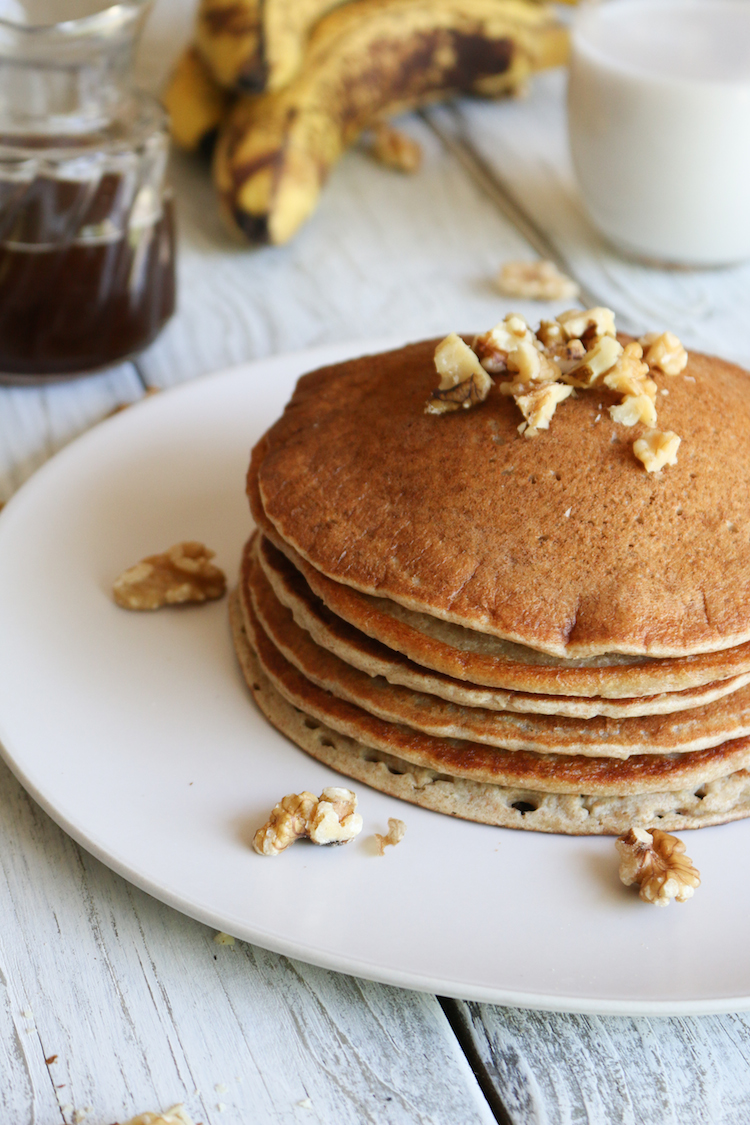
A Guide To Gluten-Free Baking
I hate to break it to you but gluten-free flours aren’t like gluten. So don’t go into this expecting the same results. Obviously, they don’t contain that “stretchy” dough quality that gluten can produce. When you cook with gluten, you could just dump in your whole wheat flour and call it good. Gluten-free flours are a bit more temperamental, so you want to always use at least two different gluten-free flours.
They usually don’t do well by themselves. Many people like to add starches into the mix but I usually try to skip this step if possible. For me, our intestinal health is more important than having the perfect baked goods. With the exemption of making cupcakes or cakes, which I do enjoy from time to time.
My ratio is 1:3 of starch to whole grain. For sure I always add something sticky like xanthan or guar gum. I usually use 1 tsp per cup of flour for bread and a half tsp for desserts.
Below are some of the gluten-free flours I use. These certainly aren’t all of the flours out there, but they are the ones I use most often.
- rice flour
- oat flour
- buckwheat flour
- sorghum flour
- millet flour
- almond flour
- coconut flour
- tapioca starch
- potato starch
- quinoa flour
Thankfully there are many companies now that have gluten-free flour mixes (including King Arthur, Bob’s Red Mill, and Trader Joe’s that they say can be used in much the same way as all-purpose wheat flour. These are great, relatively inexpensive mixes to use when you’re starting out, and most pre-made mixes contain xanthan gum so you don’t have to add your own. It makes the whole baking process so much easier!
Let’s Chat!
I hope this gluten 101 post as long as it is, helps with understanding the ins and out’s of gluten and its effects on the body. Please comment & share, I’d love to hear what you would like me to cover next. Stay tuned :)
Hugs,
The information in this post is an accumulation of my own research and experience. It is not intended to be a substitute for medical advice, diagnosis, or treatment. Always seek the advice of your physician or a qualified health provider. I hope this post answers some of your questions. If you have any other questions email me at Vanessa@LiveSimplyNatural.com and I’ll answer them to the best of my ability.



